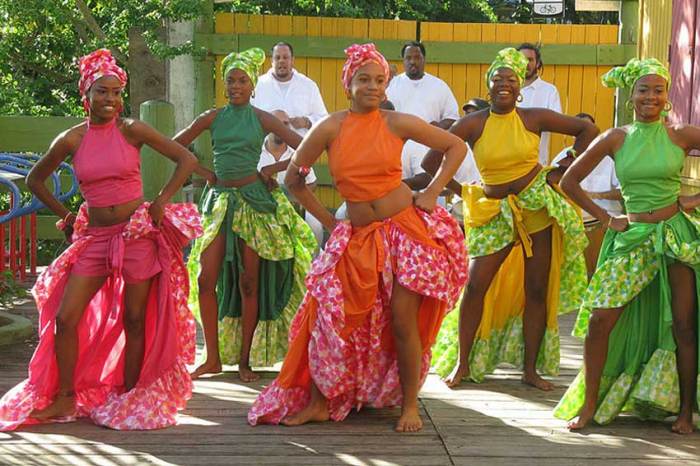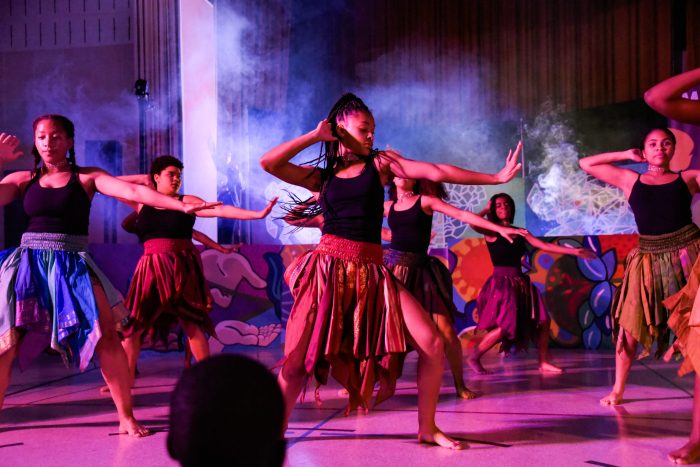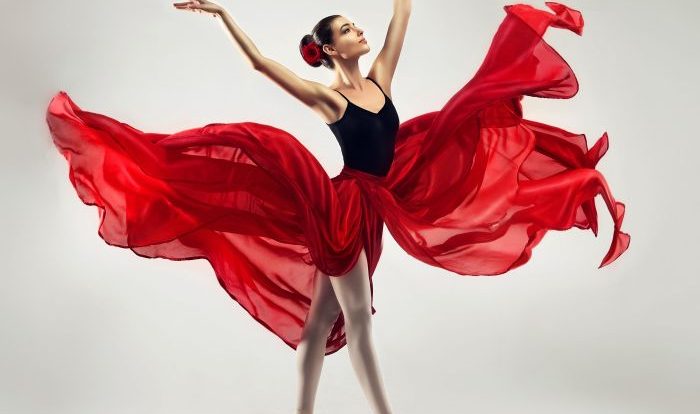Afro caribbean dance style crossword – Embark on an enthralling journey into the vibrant world of Afro-Caribbean dance styles through the lens of an engaging crossword puzzle. This captivating narrative unravels the rich history, key elements, and cultural significance of these dynamic dance forms, offering a comprehensive understanding of their origins, evolution, and global impact.
From the rhythmic beats of salsa to the fluid movements of zouk, Afro-Caribbean dance styles embody a fusion of African traditions, colonial influences, and cultural expressions. Their distinctive characteristics, rooted in polyrhythms, body isolations, and improvisation, have shaped the dance landscape worldwide, leaving an indelible mark on contemporary dance practices.
Historical Roots of Afro-Caribbean Dance Styles: Afro Caribbean Dance Style Crossword
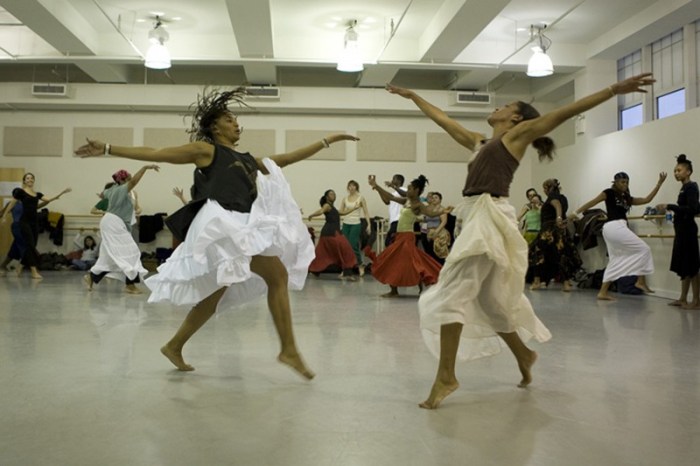
Afro-Caribbean dance styles have their origins in the rich and diverse dance traditions of Africa. During the transatlantic slave trade, enslaved Africans brought their cultural practices, including dance, to the Caribbean. These dances served as a means of cultural expression, resistance, and community building.
Influence of Slavery and Colonialism
Slavery and colonialism profoundly impacted the development of Afro-Caribbean dance styles. Enslaved Africans were forced to adapt their dances to the new social and cultural context of the Caribbean. They incorporated elements of European and Indigenous dance forms, creating a unique blend of African and non-African influences.
Contributions of Different African Cultures
Different African cultures contributed to the unique characteristics of Afro-Caribbean dance. For example, West African dances are characterized by their polyrhythmic structure, use of call-and-response, and intricate footwork. Central African dances often feature fluid body movements, while East African dances are known for their energetic and acrobatic elements.
Key Elements of Afro-Caribbean Dance Styles
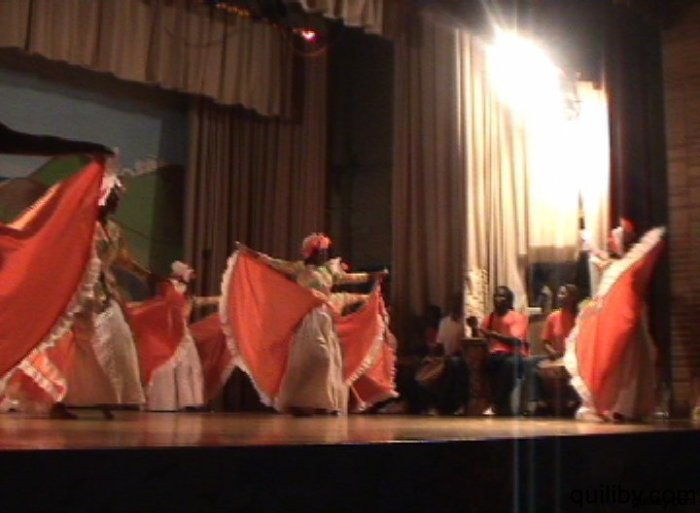
Afro-Caribbean dance styles are characterized by their unique blend of African and Caribbean influences. They share common rhythmic patterns, polyrhythms, and syncopations, as well as the use of body isolations, fluid movements, and percussive elements. Improvisation and spontaneity are also key elements of Afro-Caribbean dance, allowing dancers to express their creativity and individuality.
Rhythmic Patterns, Polyrhythms, and Syncopations
Afro-Caribbean dance styles are known for their complex and intricate rhythmic patterns. These patterns are often based on polyrhythms, which are the simultaneous use of two or more different rhythms. Syncopations, or the placement of accents on unexpected beats, are also common in Afro-Caribbean dance.
These rhythmic elements create a sense of excitement and energy, and they help to drive the dancers’ movements.
Body Isolations, Fluid Movements, and Percussive Elements
Afro-Caribbean dance styles also make use of body isolations, fluid movements, and percussive elements. Body isolations are the ability to move different parts of the body independently of each other. This allows dancers to create complex and visually appealing movements.
Fluid movements are characterized by their smoothness and grace, and they help to create a sense of flow and continuity in the dance. Percussive elements, such as stamping, clapping, and slapping, are also common in Afro-Caribbean dance. These elements add a percussive quality to the dance, and they help to create a sense of rhythm and energy.
Improvisation and Spontaneity
Improvisation and spontaneity are also key elements of Afro-Caribbean dance. Dancers often improvise their movements, and they may even create new dance steps on the spot. This allows dancers to express their creativity and individuality, and it helps to keep the dance fresh and exciting.
Spontaneity is also important in Afro-Caribbean dance, as it allows dancers to respond to the music and to each other in a natural and authentic way.
Major Afro-Caribbean Dance Styles
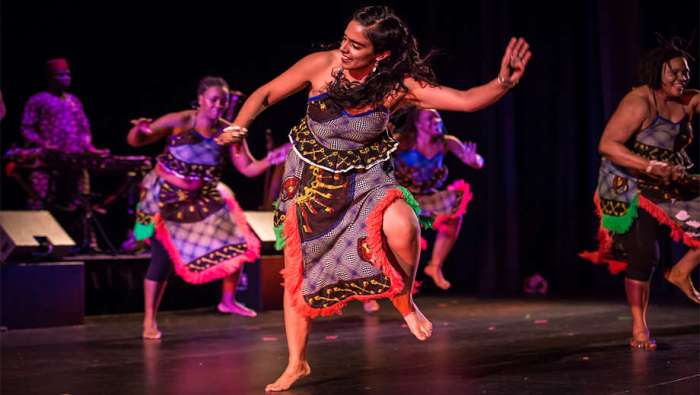
Afro-Caribbean dance styles encompass a vibrant and diverse array of dance forms that have emerged from the rich cultural heritage of the African diaspora in the Caribbean region. These dances are characterized by their infectious rhythms, dynamic movements, and deep cultural significance.
Some of the most popular Afro-Caribbean dance styles include salsa, merengue, reggae, and zouk.Each of these dance styles has its own unique features, origins, and cultural significance. Salsa, for example, originated in Cuba in the 1920s and is known for its fast-paced rhythms and intricate footwork.
Merengue, on the other hand, is a Dominican dance style characterized by its lively tempo and simple, repetitive steps. Reggae, originating in Jamaica in the 1960s, is a slower-paced dance style with a strong emphasis on rhythm and improvisation. Zouk, which originated in the French Caribbean islands, is a sensual and romantic dance style characterized by its smooth, flowing movements and close embrace.The
evolution of Afro-Caribbean dance styles has been influenced by a variety of factors, including the historical experiences of the African diaspora, the cultural exchanges between different Caribbean islands, and the influence of Western popular culture. In recent years, Afro-Caribbean dance styles have gained increasing popularity around the world, with many dance schools and studios offering classes in these vibrant and expressive forms.
Salsa, Afro caribbean dance style crossword
Salsa is a popular Latin dance style that originated in Cuba in the 1920s. It is characterized by its fast-paced rhythms, intricate footwork, and lively syncopated beats. Salsa is typically danced in pairs, with the man leading and the woman following.
There are many different styles of salsa, each with its own unique variations and interpretations.
Origins and Cultural Significance
Salsa has its roots in the African and Spanish cultures that were brought to Cuba by slaves and immigrants. It is a fusion of various Afro-Cuban dance styles, such as son, rumba, and mambo. Salsa quickly became popular in Cuba and spread to other Latin American countries, as well as to the United States and Europe.Salsa
is a vibrant and expressive dance form that celebrates the joy and passion of life. It is often performed at social gatherings, parties, and dance clubs. Salsa has also been used as a form of cultural expression and political resistance.
Evolution and Contemporary Trends
Salsa has evolved over the years, with new styles and variations emerging. Some of the most popular styles of salsa include Cuban salsa, New York salsa, and Los Angeles salsa. Salsa has also been influenced by other dance styles, such as jazz, funk, and hip-hop.Contemporary
trends in salsa include a focus on improvisation, creativity, and personal expression. Salsa dancers are increasingly experimenting with new movements and combinations, and are incorporating elements from other dance styles into their performances.
Afro-Caribbean Dance in Cultural Context
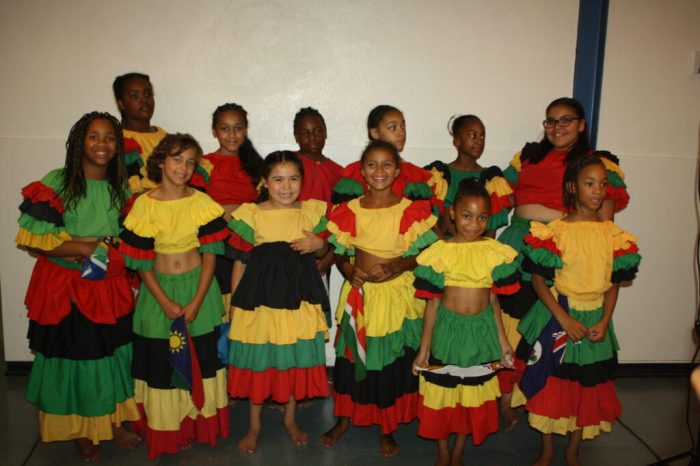
Afro-Caribbean dance is an integral part of social and cultural life in the Caribbean region. It plays a significant role in social gatherings, festivals, and religious ceremonies, serving as a means of expression, communication, and cultural preservation.
Different dance movements in Afro-Caribbean dance carry cultural significance and symbolism. For example, in Jamaican dancehall, the “whine” movement represents sensuality and flirtation, while the “daggering” movement is associated with sexual aggression.
Influence on Other Dance Forms
Afro-Caribbean dance has had a profound influence on other dance forms around the world. Its rhythmic patterns, polycentrism, and use of improvisation have been incorporated into various genres, including jazz, hip-hop, and modern dance.
Answers to Common Questions
What is the significance of polyrhythms in Afro-Caribbean dance styles?
Polyrhythms, characterized by the simultaneous use of multiple, contrasting rhythms, create a complex and captivating rhythmic tapestry that is a defining feature of Afro-Caribbean dance styles.
How did slavery and colonialism influence the development of Afro-Caribbean dance styles?
Slavery and colonialism brought together people from diverse African cultures, leading to a fusion of dance traditions. While these influences shaped the development of Afro-Caribbean dance styles, they also instilled a sense of resilience and cultural pride.
What are the key elements of Afro-Caribbean dance styles?
Afro-Caribbean dance styles are characterized by rhythmic patterns, body isolations, fluid movements, and percussive elements. These elements combine to create a dynamic and expressive dance form.
